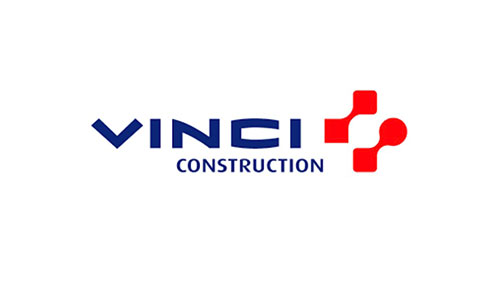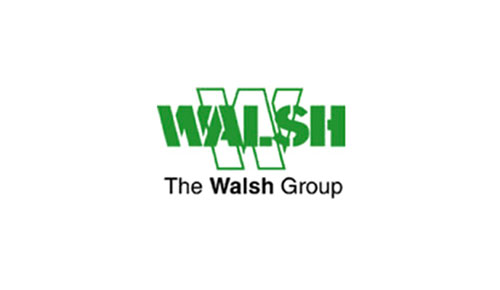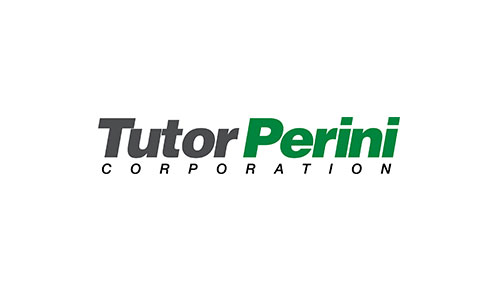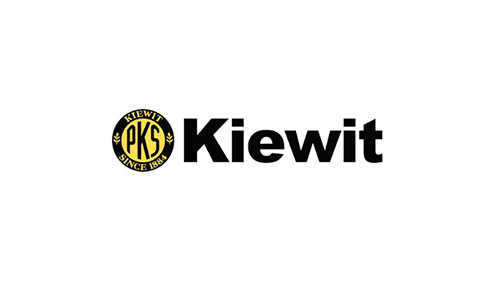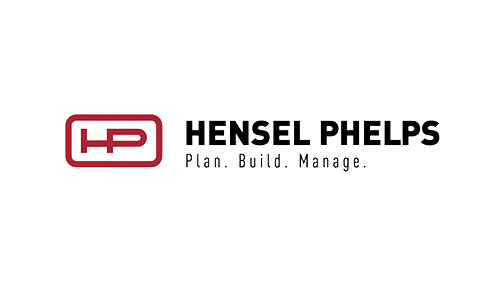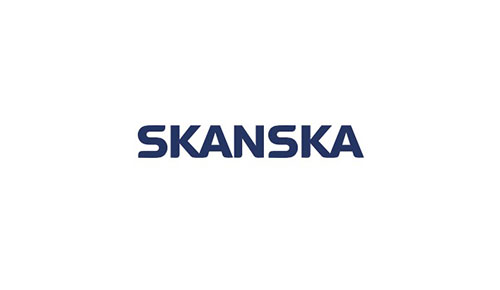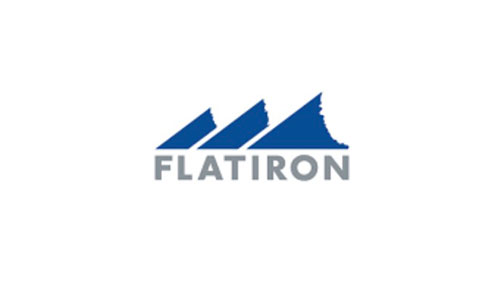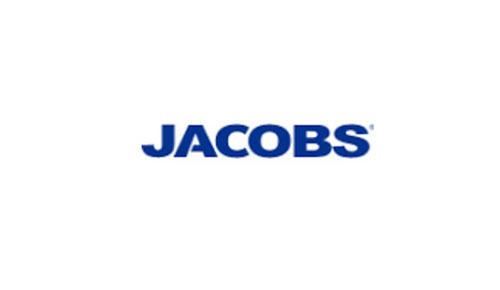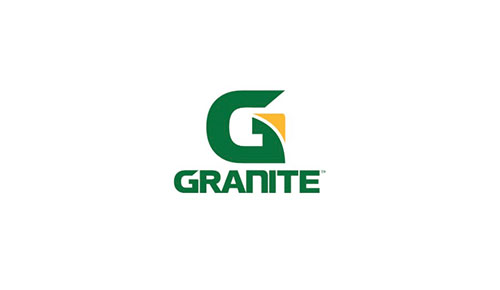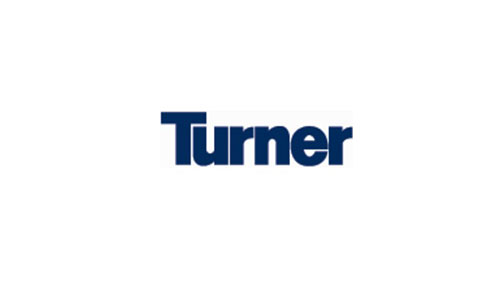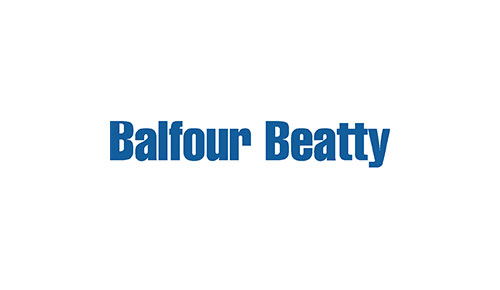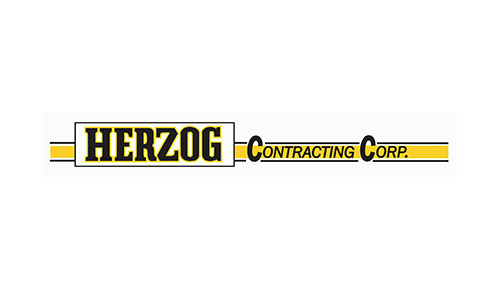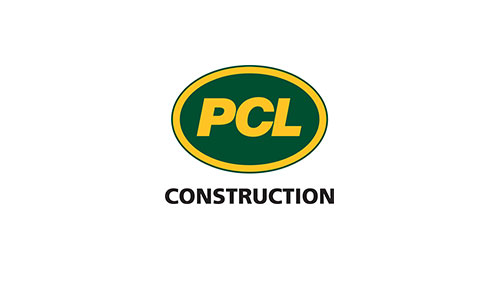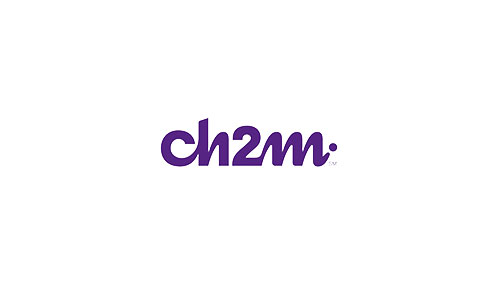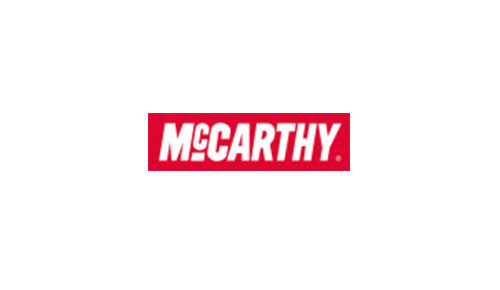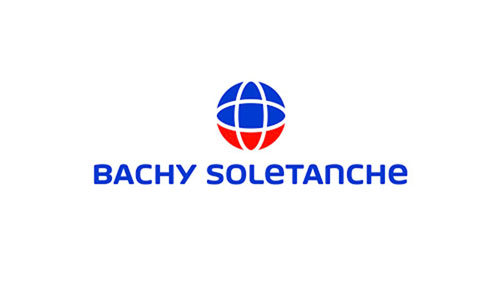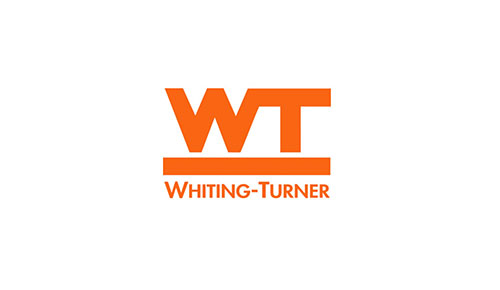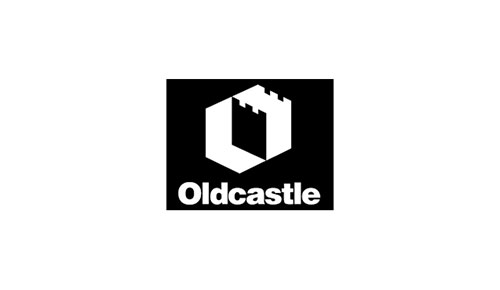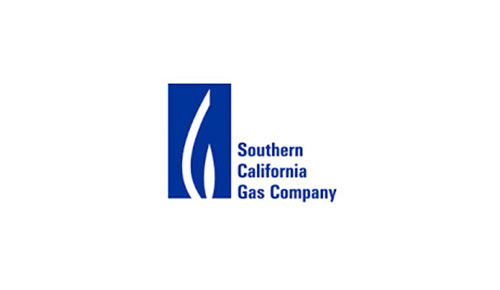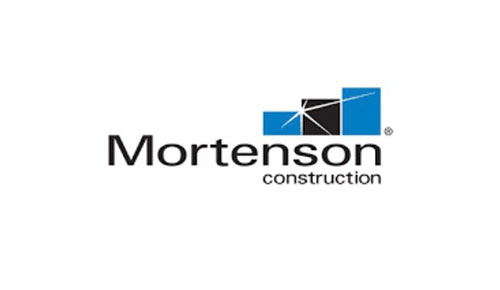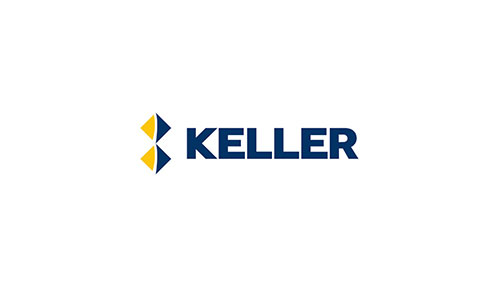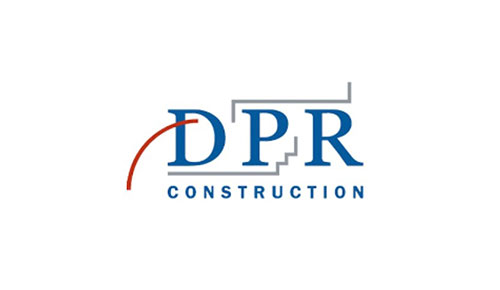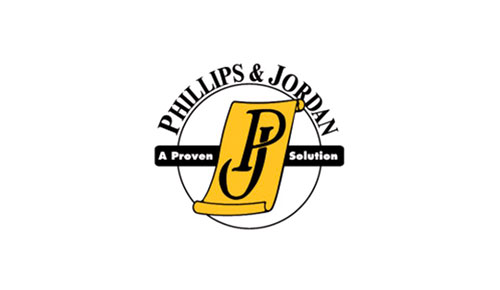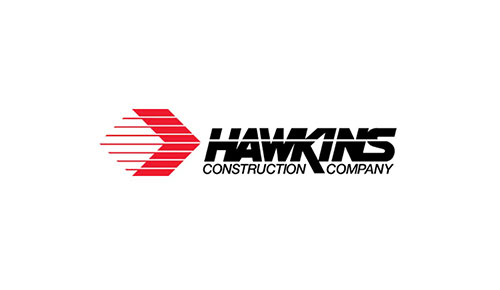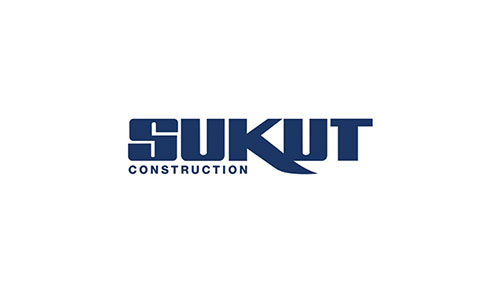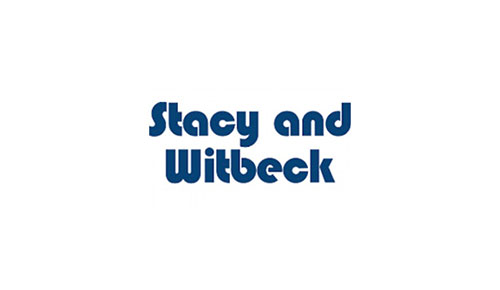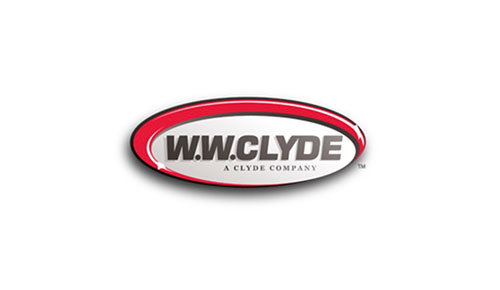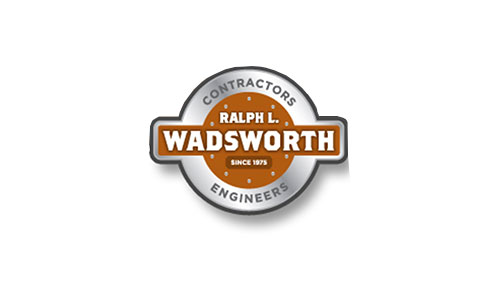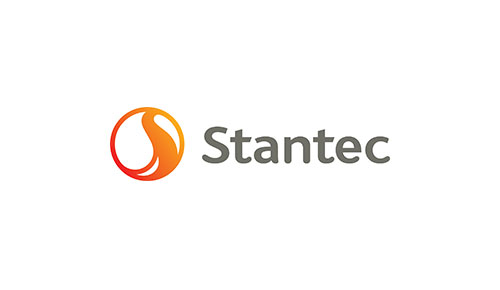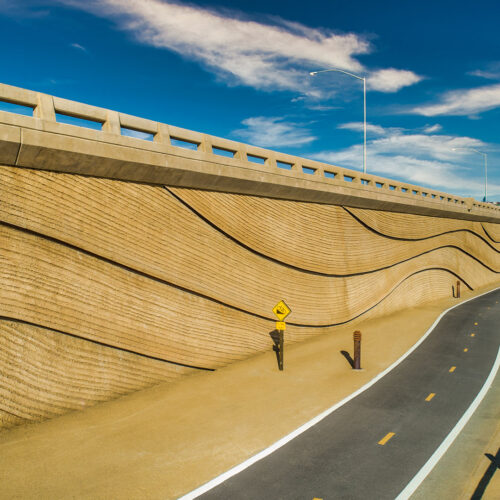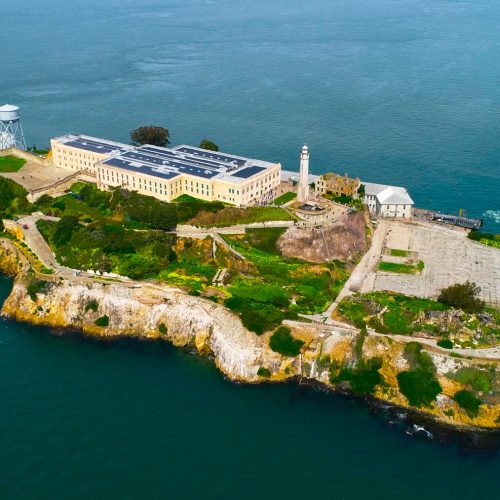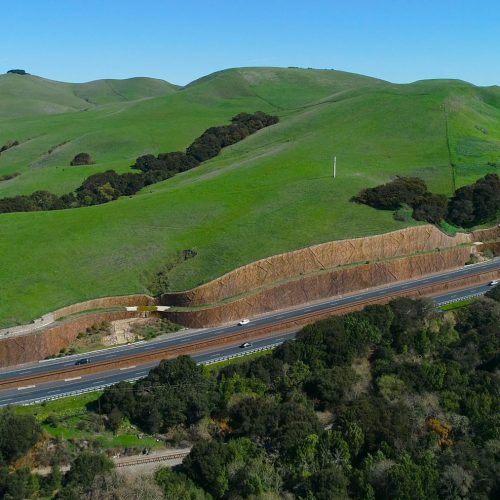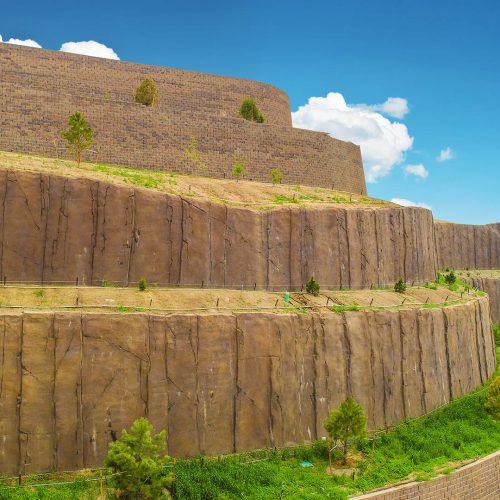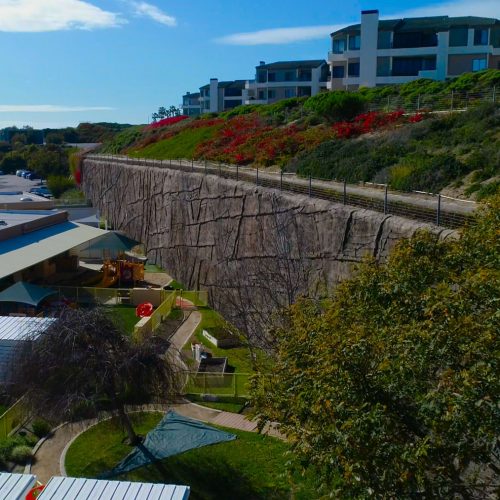Shotcrete Standards for DOT Projects
Despite its proven performance, shotcrete remains underutilized in many state Department of Transportation (DOT) projects due to outdated standards and misconceptions. This article outlines key reasons why state DOTs should adopt modern shotcrete provisions, addressing common objections and highlighting the benefits of proper specification.
Why Provisions Matter
Well-written shotcrete provisions are critical to ensure consistency, safety, and quality on DOT projects. Unlike traditional concrete, shotcrete is a placement method—not a product—requiring process-specific guidelines. A robust provision helps eliminate variables that could otherwise result in poor workmanship, safety risks, or long-term durability issues.
Addressing Misconceptions About Shotcrete
Common DOT concerns include:
- Shotcrete isn’t structural
- It’s too dusty
- It can’t match existing finishes
- It’s not suited for complex shapes
These are outdated perceptions. Modern shotcrete techniques—especially with preconstruction mock-ups, certified nozzlemen, and material testing—can easily achieve structural strength, minimal dust, high-quality finishes, and complex forms with precision.
Key Elements of an Effective DOT Shotcrete Provision
To modernize DOT specifications, the following should be included:
- ACI Certified Nozzlemen requirement
- Prequalification panels matching real jobsite conditions
- Clear material performance targets (e.g., 6000–10,000 psi)
- Equipment specs (compressor size, predampener use)
- Acceptable surface finishes and methods
Dust Control in Dry-Process Shotcrete
Dust concerns are common but controllable. Using a predampener (adding 3–5% water before the mix enters the machine) dramatically reduces dust and improves cohesion. Microsilica additions and proper air compressor sizing further help maintain a cleaner, safer site—crucial for sensitive environments like tunnels.
Surface Finishes and Aesthetic Compatibility
Shotcrete finishes can replicate a wide range of textures—from rough to smooth, steel-troweled surfaces. Mock-up panels allow inspectors to choose desired aesthetics before the actual work begins, ensuring a match to adjacent concrete surfaces.
Restoring Complex Shapes with Shotcrete
Unlike form-and-pour methods, shotcrete excels in recreating round piers, curves, and irregular shapes. It’s widely used in skateparks, artificial rockscapes, and even Olympic bobsled tracks. DOT projects requiring structural contours or tight geometries can benefit greatly from shotcrete’s flexibility.
Why DOTs Should Embrace Shotcrete
Shotcrete offers cost-effective, high-performance repairs, especially for vertical and overhead applications. With updated provisions, DOTs can ensure successful outcomes, reduce costs, and improve long-term infrastructure performance.
Shotcrete is a powerful, underutilized tool for state DOTs. By addressing common objections and updating outdated specifications, agencies can unlock the full potential of shotcrete. Organizations like the American Shotcrete Association (ASA) offer support in drafting modern provisions and training staff to help agencies succeed.
Tags:Shotcrete, Infrastructure, Department of Transportation
Contact Boulderscape, Inc.
Address: 1050 Calle Negocio, San Clemente, CA 92673
Office: (949) 661-5087 | Fax: (949) 661-3397
Website:www.Boulderscape.com
“Installers of more than 14 million square feet of structural/architectural shotcrete nationwide”


